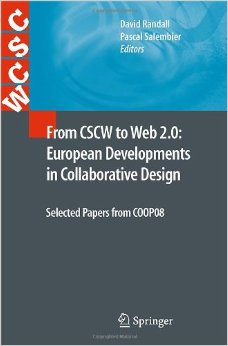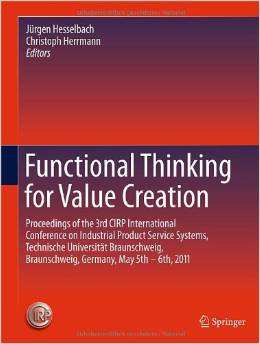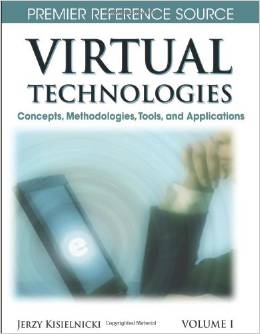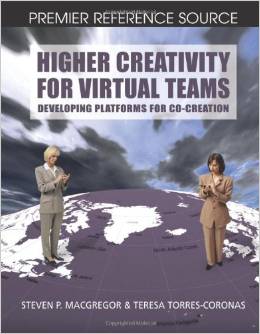Research paper published in the book “From CSCW to Web 2.0 : European Developments in Collaborative Design”.
Abstract
In a traditional business partnership, the partner companies are under contractual obligation to share data, information, and knowledge through one or several information systems that the leading firm decides. In such a case, the issue of sharing “whatever needs to be shared” is settled in contracts before any action is taken, however, also giving the implications that sharing expertise becomes a heavy and time-consuming activity. In turn, it can be argued that the heavy administration affects the lead time of product development negatively since the necessary input flows are delayed. In addition, the adaptation to certain predefined collaborative information systems is both expensive and resource-consuming (e.g., educating staff to use them). Also, the system might not be adaptable to the existing internal technology structure, causing a “translation” procedure, again taking up resources. Another structure for collaboration is a network or alliance of independent partner companies. One motivation for a network structure is that the partners can join or leave it more easily. A reason for joining and staying is an implicit sense of knowledge sharing (Tomkins 2001) and access to a “win-win” environment. Furthermore, the partners can be linked by information technology, i.e., forming a virtual structure rather than a physical one. The technologies provide the channels with additional knowledge. In a best-case scenario, a company would get access to a wide range of useful competences, and in a worst-case scenario the company would be drained of its core competences. Accordingly, at least two considerations for joining a partner network can be considered. First, the resources needed to couple the technologies have to be reasonable, due to the underpinning logic of going in and out of more than one network. Second, the company has to identify its knowledge base and evaluate the prospective gains and losses of sharing its expertise.
Keywords
- Lightweight Technologies, Knowledge Sharing, Virtual Enterprise, Engineering 2.0, Collaboration, CSCW.
Reference
- Larsson, A., Å. Ericson, T. Larsson, O. Isaksson, M. Bertoni (2011). Engineering 2.0 – Exploring Lightweight Technologies for the Virtual Enterprise. In: From CSCW to Web 2.0 : European Developments in Collaborative Design. eEds. David Randall ; Pascal Salembier. Springer, 2010. p. 173-191 (Computer Supported Cooperative Work).
- DOI: 10.1007/978-1-84882-965-7_9
- Web page: http://www.springerlink.com/content/978-1-84882-964-0/#section=680060&page=1
Download
- Buy book from Amazon: http://www.amazon.com/CSCW-Web-2-0-Developments-Collaborative/dp/1848829647
- Engineering 2.0 – Exploring Lightweight Technologies for the Virtual Enterprise
Tag cloud of paper






